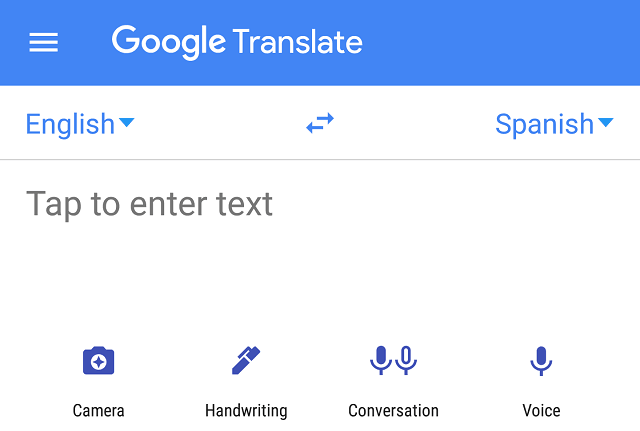Translation of any language for Google Translate can be a huge nuisance; to say the least. Different tongues have different nuances, and while they might be taught to an algorithm such as Google Translate, it, without doubt, turns out to be a very hard job, as you might have found out in the past. In the most specific of manners, languages handle gender varies, and discrepancies like these, along with some other related problems has led to the algorithm – Google Translate in making assumptions, which might as well have the potential to provide inaccurate translations.
However, Google has now done some very good work, in eliminating the guesswork which is based upon gender, as the output from the algorithm now will show both the masculine and feminine terms, hence as I stated before – this goes on to eliminate the guesswork.
Must Read: The Ulefone s10 Pro
Before such a revelation, after one inputted a phrase: which had the potential to be either masculine, or indeed feminine – this would go down to provide only one translation, and hence, Google at the end of the day would try to parse the appropriate gender, by seemingly going through the phrase which was stated at first – and all in all of course, the whole context really. Like I stated earlier, such a method wasn’t really accurate, as there was a constant need to assign genders to ungendered words. Now, Google translate has the ability to show both masculine and feminine translations, which would give users the ability to choose which of the lot is appropriate for them.
Google translate becomes even better
As of now, Google Translate provides translations based on gender for English words translated into languages which range from the likes of Spanish to the likes of French, Italian, and Portuguese, and also, for phrases translated from Turkish, to English. Google has commented on the whole process by stating that the company is planning to extend the functionality to more languages, along with other platforms.




